It is difficult to imagine that someone would need to cut a rope rather than untie it if they have sufficient mobility and use of their hands to construct an apparatus like the one in the YouTube video.
However if we set aside all other alternatives and imagine that something equivalent to the YouTube device is essential and must be made with materials and tools found in the average home, it might be possible.
Copper wire for connections, tape and some type of small battery should be easy to find. Shock will not be a problem at 12 volts and less. Burns and fire from the copper wire should not be a problem with small batteries and not too much current used for the cutting wire. An automotive battery could be dangerous if not used very carefully. It could supply enough current to make any household-sized copper wire very hot.
For a heating element, you could try the soft iron wire in a twist tie. When heated, it could oxidize and break quite quickly, but it is worth trying. Another alternative is the spring in a ball-point pen. That is probably soft enough that it can be straightened without breaking. A paper clip is worth trying also, but it may be too thick. Remember that the copper wires will get too hot if the cutting wire takes too much current. Modern picture frames often have loops or notches on the back for hanging, but many are still hung using a steel cable across the back. That is not likely to be stainless, but it might work. Stainless cables are used to suspend some light fixtures from the ceiling and between the posts of stair railings etc. Cables would need to be cut and unraveled. Your average Swiss Army Knife might not do that, but the best SwissTool and Leatherman might.
Only the thinest wire will get hot enough with the current that a 9-volt battery can put out. D-cells may be the best. Start with just one. If one will not push enough current through the steel wire, try more connected in series. You can probably tape several in series to something that will keep them lined up. It may be difficult to keep them connected together securely. Perhaps there is a flashlight around that you can hack.
Test of Twist-tie Wire
The wire from the twist tie was about 4 inches long and 0.015 inches in diameter. The resistance was about 0.75 ohms. Three D-cells were able to push about 4 amps through the wire. The internal resistance of the battery, the resistance of the connecting wires and the temperature of the twist-tie wire affected the results.
The wire got hot enough to cut through a 1/4-inch nylon rope.

Another Test
Here is a test with one of those battery holders that holds three AAA cells in the little LED flashlights that are commonly sold for little more than the price of a small package of AAA cells.
The left end of the wire is captured by the spring that contacts the negative end of the holder. The right end is held against the positive end of the holder with my thumb with a little piece of cardboard to prevent burning my thumb.
The wire didn't get quite hot enough to cut the rope. The AAA cells apparently have too much internal resistance / not enough voltage. It might have worked with fresh batteries. Something like this might work with AA or C cells, but making the series cell connection and the connection to the steel wire might be quite awkward.

Success!
The secret is not to distribute the battery power over too much wire. I wrapped all but an inch of the steel twist-tie wire around the ends of short pieces of copper wire. I believe it is AWG 18. A single AA cell got the steel wire red hot as shown below.






